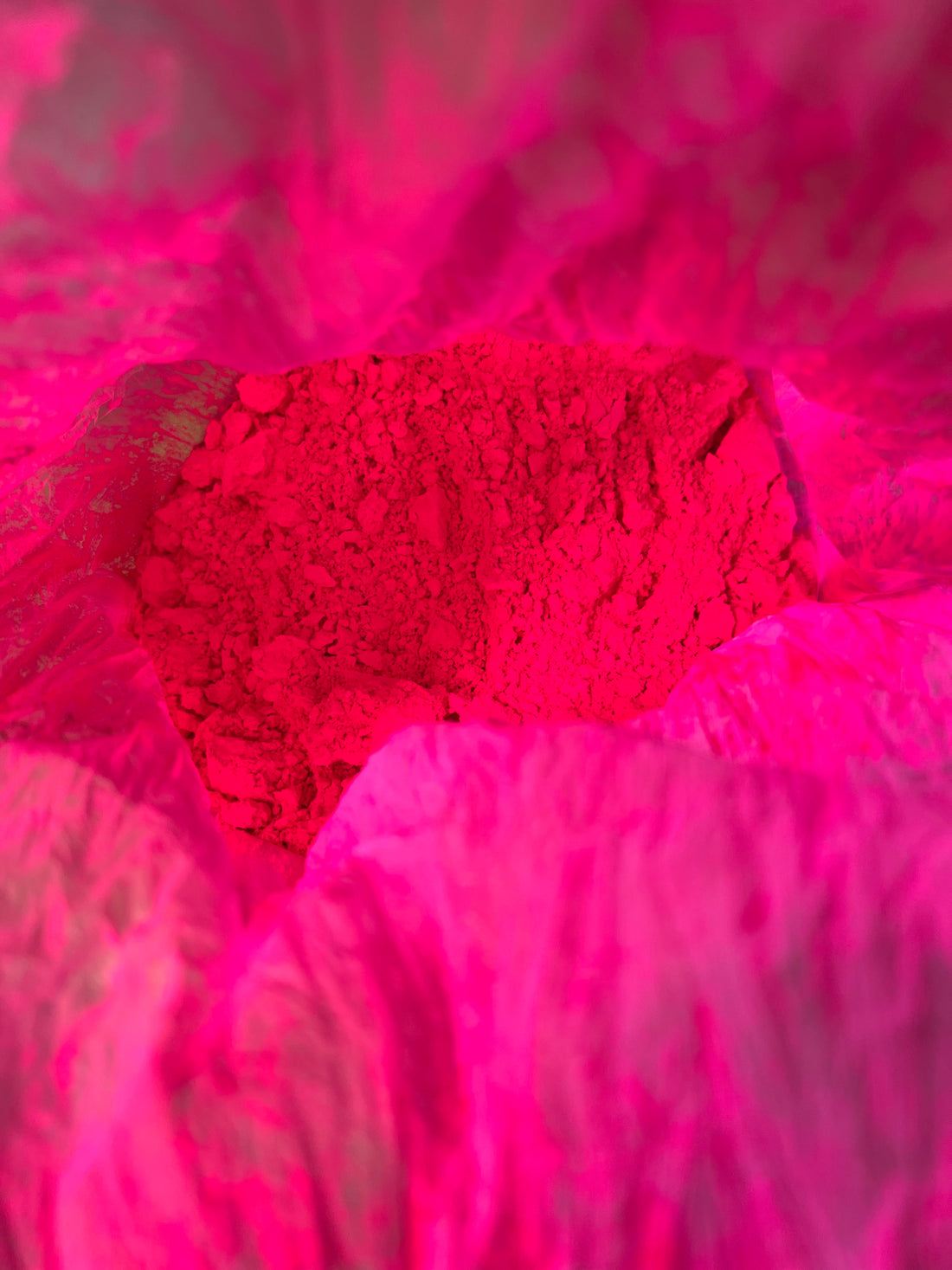
Why pigment quality matters
Oil painting has been a preferred medium of artists for centuries. The beauty and vibrancy of oil paint colors are unmatched, and the flexibility of the medium allows for a wide range of artistic expression. However, not all oil paints are created equal. The quality of the pigments used in the production of oil paints can greatly affect the final result of your work.
The quality of pigments directly impacts the intensity and vibrancy of the colors. High-quality pigments are made using pure, finely ground materials that produce a rich, saturated color. Conversely, low-quality pigments may be made using fillers or other impurities that dilute the color, resulting in a less vibrant and less appealing final product.
The handling properties of oil paints are also affected by pigment quality. High-quality pigments typically have a smoother and more consistent texture, which can make them easier to work with and allow for more precise application. Low-quality pigments, on the other hand, may have a gritty or uneven texture, which can make them more difficult to manipulate and control. This can be frustrating for artists who are trying to create a specific effect or achieve a particular look.
As most artists are aware, the lightfastness of pigments is crucial in oil painting. Lightfastness refers to the ability of a pigment to resist fading when exposed to light. High-quality pigments are typically more lightfast than low-quality pigments. When creating a piece of artwork, an artist wants their work to last as long as possible, and low-quality pigments can result in the colors fading or changing over time. This can be particularly problematic for pieces of art that are intended to be displayed in areas with a lot of natural light, such as near windows or in brightly lit rooms. For pigments that are naturally not-lightfast, such as those used in our fluorescent neon line, the quality of the pigment is particularly important. Although fluorescent pigments will lose their brilliance over time as they expend energy, paints made with the newest and highest quality fluorescent pigments can achieve lightfastness ratings of ASTM III and above, and are the only choice for professional artists.
Finally, the quality of pigments can affect the overall durability of the paint. High-quality pigments are typically made using materials that are more resistant to fading, cracking, or flaking over time. Low-quality pigments may be made using cheaper materials that are more prone to deterioration, resulting in a less durable final product. Artists who want their work to stand the test of time should choose high-quality pigments to ensure the longevity of their artwork.
Pigment quality matters greatly in the making of artists' quality oil paints, which is why at Gapka we insist on sourcing pigments of only the highest quality with the help of our in-house pigment chemist. High-quality pigments produce more vibrant colors, are more lightfast, easier to handle, and more durable. Low-quality pigments can result in a less appealing final product that may fade or deteriorate over time. Investing in oil paints made with high-quality pigments will ensure the best possible results for your artwork.
